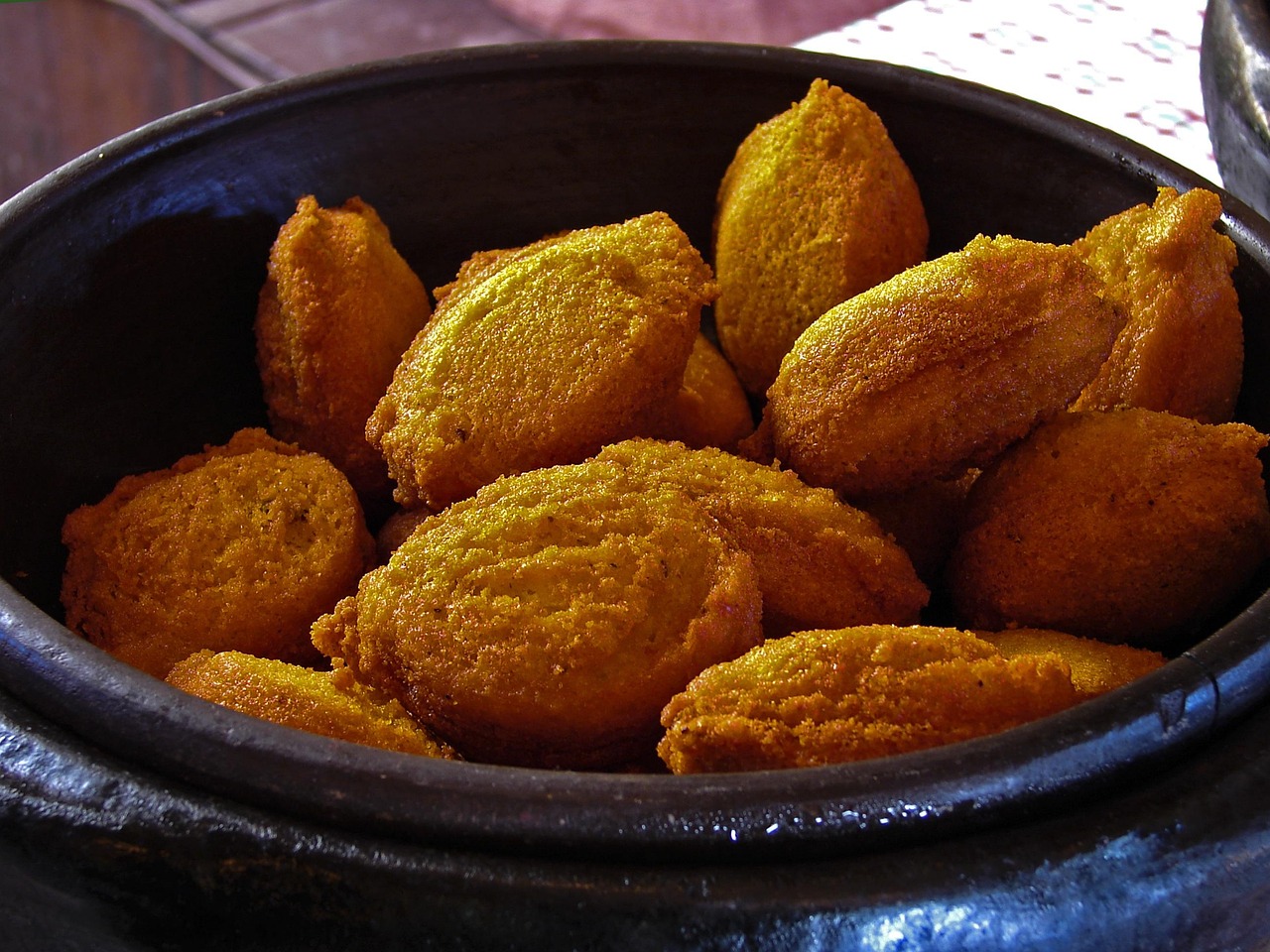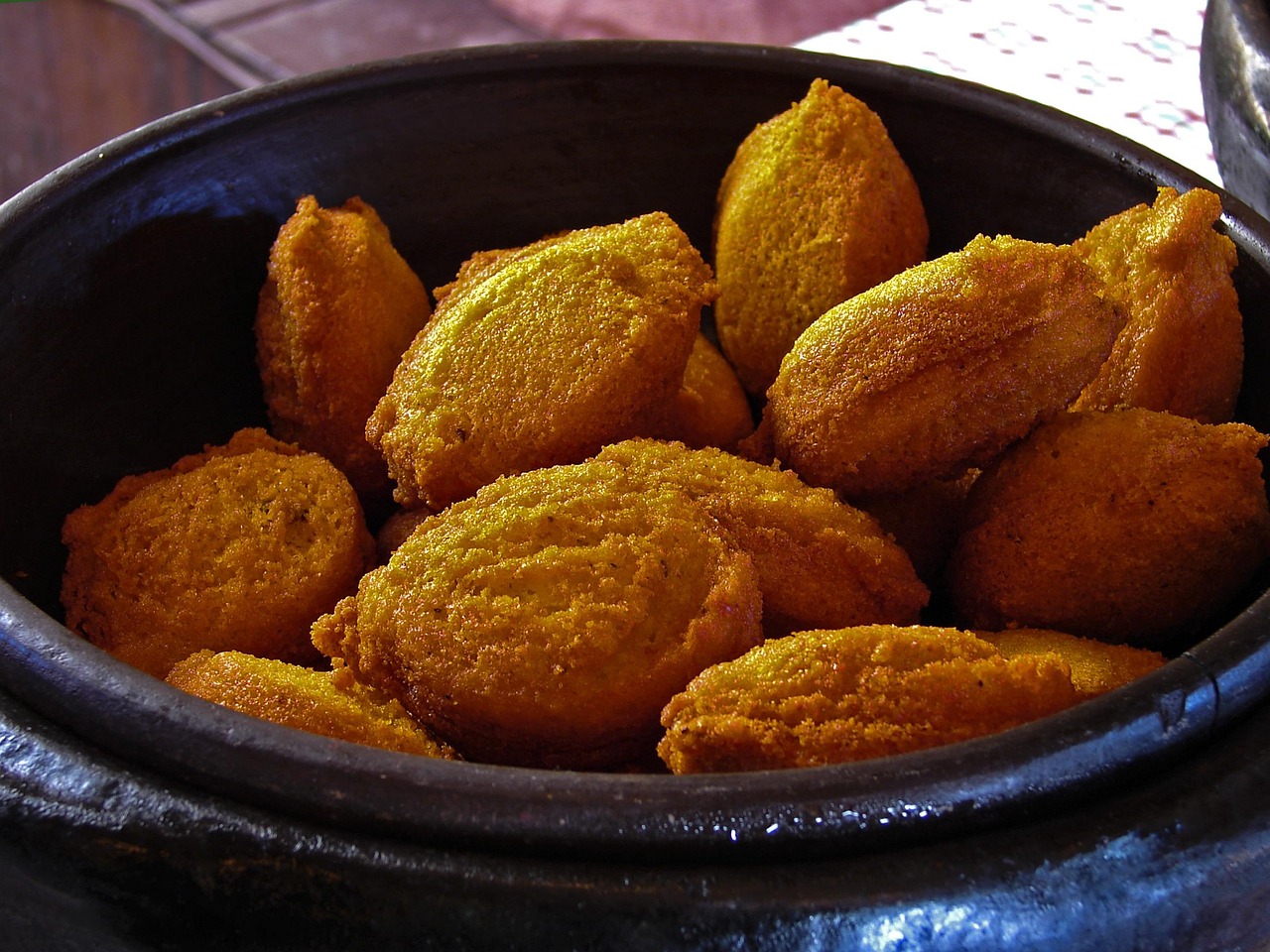Introduction
The world of food is as diverse as the cultures that create it, and the English language reflects this diversity with a rich vocabulary that spans from the kitchen to the dining table. In this article, we will embark on a culinary journey through the English language, exploring the words and phrases that bring the world of gastronomy to life. From the art of cooking to the science of food, we will delve into the linguistic landscape that makes food not just a necessity, but an experience.
The Art of Cooking: Terminology and Techniques
In the English language, the art of cooking is described with a plethora of terms that highlight the creativity and skill involved. A 'chef' is the master of the kitchen, while a 'cordon bleu' refers to a chef trained in French culinary techniques. The term 'culinary' itself is derived from the Latin word 'culina,' meaning kitchen, and it encompasses all things related to the preparation and enjoyment of food.
Cooking techniques are also well-represented in English. 'Sautéing' is a method of cooking food quickly in a hot pan with a small amount of fat, while 'braising' involves cooking food slowly in a covered pot with a small amount of liquid. 'Marinating' is the process of soaking food in a flavorful liquid to enhance its taste, and 'deglazing' is the act of loosening browned bits from the bottom of a pan with liquid to create a rich sauce.
The Science of Food: Ingredients and Nutrition
The science of food is equally fascinating, with English providing a wealth of terms to describe ingredients and their properties. 'Proteins' are essential macronutrients found in foods like meat, fish, and legumes, while 'carbohydrates' are the body's primary source of energy, found in grains, fruits, and vegetables. 'Fats' are another macronutrient, essential for absorption of fat-soluble vitamins and providing a concentrated source of energy.
Nutrition is a key aspect of gastronomy, and English has specific terms to describe the balance and quality of nutrients in food. 'Dietary fiber' refers to complex carbohydrates that aid digestion and prevent diseases, while 'antioxidants' are substances that protect the body from damage caused by free radicals. 'Calories' are the units of energy in food, and 'micronutrients' are vitamins and minerals needed in small amounts for various bodily functions.
The Cultural Aspect: Cuisines and Dishes
Cuisine is a reflection of culture, and English has borrowed many words from around the world to describe different culinary traditions. 'Gastronomy' itself is a term borrowed from French, while 'sushi' comes from Japanese and 'tapas' from Spanish. Each cuisine has its own unique vocabulary, such as 'curry' in Indian cuisine, 'pasta' in Italian, and 'ceviche' in Peruvian.
Dishes are often named after their ingredients, cooking methods, or the region they originate from. For example, 'beef Wellington' is named after the Duke of Wellington because of its crust, which resembles his uniform, while 'paella' is named after the pan it is cooked in, and 'chow mein' means 'stir-fried noodles' in Cantonese.
The Social Aspect: Dining and Etiquette
Food is not only about sustenance but also about social interaction. English has a rich vocabulary to describe the act of dining and the etiquette that surrounds it. 'Dining out' refers to eating at a restaurant, while 'picnicking' involves eating outdoors. 'Buffet' is a style of dining where guests serve themselves from a variety of dishes, and 'banquet' is a large, formal meal.
Etiquette is important in dining, and English has specific terms for proper behavior at the table. 'Table manners' refer to the socially acceptable ways of eating and drinking, while 'etiquette' encompasses the broader rules of polite behavior. 'Napkin' is the term for the piece of fabric used to wipe one's mouth, and 'cutlery' refers to the utensils used for eating, such as 'knives,' 'forks,' and 'spoons.'
The Sensory Experience: Taste and Aroma
The sensory experience of food is a crucial part of gastronomy, and English has a diverse vocabulary to describe taste and aroma. 'Flavor' is the overall sensation of food in the mouth, a combination of taste, aroma, and texture. 'Taste' refers to the basic sensations perceived on the tongue, such as 'sweet,' 'sour,' 'salty,' 'bitter,' and 'umami' (a savory taste).
Aroma plays a significant role in the enjoyment of food, and English has terms like 'aroma,' 'bouquet,' and 'fragrance' to describe the smell of food. 'Aroma' is the general term for the smell of food, while 'bouquet' is used for the complex blend of aromas in wine, and 'fragrance' is often used for the pleasant smell of herbs and spices.
Conclusion
The English language is a rich tapestry of culinary terms that reflect the global nature of food and its importance in our lives. From the art of cooking to the science of nutrition, from the cultural aspects of cuisines to the social aspects of dining, and from the sensory experience of taste to the aroma of food, the English language provides a comprehensive vocabulary to describe the world of gastronomy. As we continue to explore and enjoy the diverse world of food, the English language will undoubtedly continue to evolve, incorporating new terms and phrases that capture the essence of our culinary adventures.
In conclusion, the English language is not just a means of communication but a reflection of our deep connection with food. It allows us to share our culinary experiences, learn about different cultures, and appreciate the art and science of gastronomy. As we continue to cook, eat, and enjoy food, let's also celebrate the language that brings this world to life.










